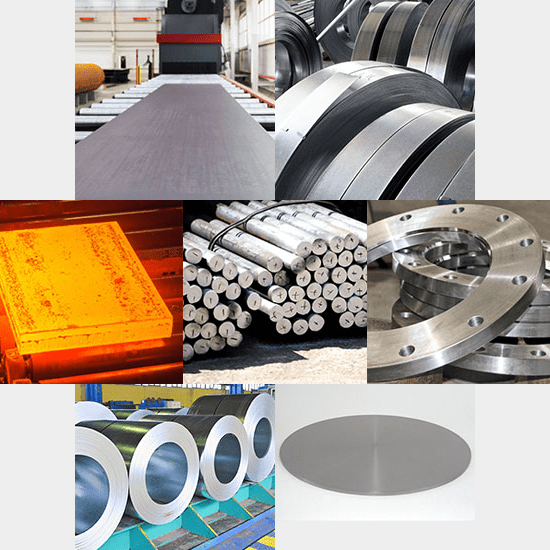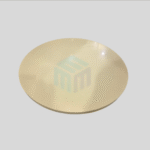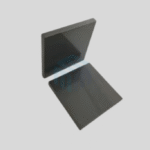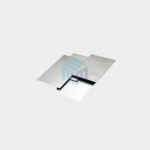Sputtering techniques offer several advantages and have a wide range of applications in various industries and research fields. Some of the key advantages and applications of sputtering techniques include:
Advantages of Sputtering Techniques:
- Precise Thin-Film Deposition: Sputtering allows for precise control over the thickness and composition of thin films, making it suitable for applications where accuracy and uniformity are crucial.
- High Purity and Clean Deposition: Sputtering produces high-purity films with minimal impurities, making it suitable for applications where contamination is a concern.
- Versatility: Sputtering can deposit a wide range of materials, including metals, semiconductors, insulators, and compound materials, enabling diverse applications.
- Excellent Adhesion: Sputter-deposited films typically exhibit excellent adhesion to substrates, reducing the risk of delamination.
- Wide Range of Substrates: Sputtering can be used on various substrate materials, including silicon wafers, glass, plastics, and even temperature-sensitive materials.
- Reactive Sputtering: Reactive sputtering allows for the deposition of compounds and complex materials, expanding its utility in applications requiring specific material properties.
- Tunable Properties: By adjusting process parameters and target materials, sputtering can tailor the properties of thin films, such as electrical conductivity, optical characteristics, and mechanical properties.
Applications of Sputtering Techniques:
- Semiconductor Fabrication: Sputtering is widely used in the semiconductor industry to deposit thin films of metals, dielectrics, and semiconductors for integrated circuits, photovoltaic cells, and microelectromechanical systems (MEMS) devices.
- Optical Coatings: Sputtering is used to create anti-reflective coatings, optical filters, and mirrors with precise optical properties in applications like lenses, displays, and mirrors.
- Data Storage: Sputtering is employed in the manufacture of hard disk drives, where thin-film magnetic materials are deposited for data storage and read/write heads.
- Solar Cells: Sputtering is utilized to deposit thin-film photovoltaic materials, such as cadmium telluride (CdTe) and copper indium gallium selenide (CIGS), for solar cell production.
- Thin-Film Electronics: It is used in the production of thin-film transistors (TFTs) for flexible displays, OLEDs, and electronic paper.
- Wear-Resistant Coatings: Sputtered thin films are used to enhance the hardness, wear resistance, and lubricity of cutting tools, bearings, and other mechanical components.
- Decorative Coatings: Sputtering can be employed to deposit decorative coatings on jewelry, watch dials, and other items to achieve various colors and finishes.
- Magnetic Recording Media: Thin-film magnetic materials deposited through sputtering are used in magnetic tapes and data storage applications.
- .Sensors: Sputtering is used in the fabrication of various sensors, including gas sensors, pressure sensors, and biosensors, due to its ability to deposit precise, thin-film materials.
- Barrier Coatings: Sputtered materials are used to create barrier layers in packaging materials to protect against moisture and gas penetration.
- MEMS and Microfabrication: Sputtering is used in the fabrication of microelectromechanical systems (MEMS) and microdevices for a wide range of applications, from accelerometers to inkjet nozzles.
- Research and Development: Sputtering techniques are valuable tools in materials science and academic research for exploring novel materials and their properties.
Overall, sputtering techniques are versatile and find applications in numerous industries, from electronics and optics to aerospace and automotive, contributing to the development of advanced materials and technologies.M-Kube Enterprise is an Australian company catering customized laboratory products, laboratory consumables and laboratory solutions in Australia, New Zealand, Singapore, Malaysia, South Korea, India, Dubai, Philippines, Indonesia and Vietnam.







